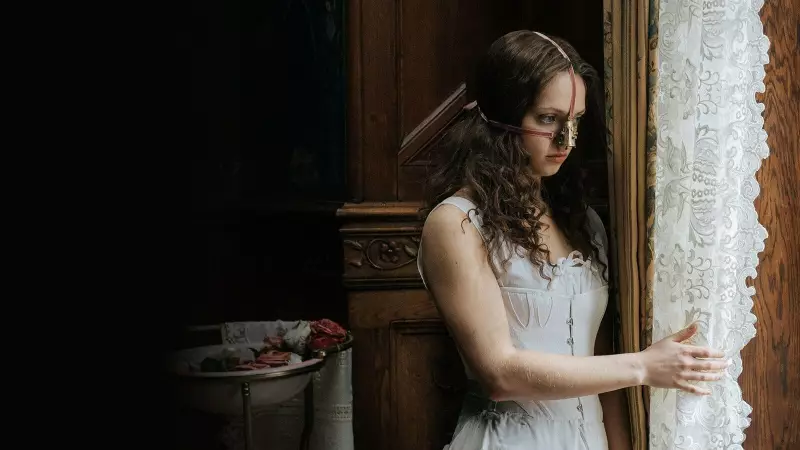
The art world is no stranger to controversy, but few projects have generated as much polarized discussion as 'The Ugly Stepsister: A House of Dynamite' from the enigmatic Phoenician Scheme. This provocative installation, rather than being celebrated as groundbreaking, has become what many are calling 'the artwork nobody wants'.
An Explosive Concept Meets Public Resistance
At its core, the project presents a daring metaphor for societal tensions and cultural fragmentation. The 'house of dynamite' represents structures built on unstable foundations, while the 'ugly stepsister' motif challenges conventional beauty standards and artistic acceptance. Yet this ambitious conceptual framework has failed to find institutional support or public embrace.
Why the Art World Is Saying No
Several factors contribute to the project's controversial status:
- Provocative Themes: The installation tackles sensitive subjects that many institutions find too risky to showcase
- Logistical Challenges: The physical implementation presents significant safety and practical concerns
- Polarizing Aesthetics: The visual language deliberately challenges traditional artistic expectations
- Conceptual Density: The layered symbolism requires substantial contextual understanding
The Broader Implications for Contemporary Art
This rejection raises fundamental questions about the boundaries of acceptable artistic expression. The Phoenician Scheme's struggle highlights the ongoing tension between artistic innovation and institutional conservatism. When does provocative become problematic? Where should galleries draw the line between challenging audiences and alienating them?
Critics argue that the art establishment's reluctance to engage with such work reflects a broader risk-aversion in cultural programming. Meanwhile, supporters see the project as a necessary disruption to complacent artistic narratives.
A Legacy of Unwanted Art
History shows that many now-celebrated artworks initially faced rejection. The controversy surrounding 'The Ugly Stepsister' places it within a tradition of challenging works that force conversations about art's purpose and limits. Whether it will eventually find its place in art history or remain an unwanted footnote remains uncertain.
The ongoing debate serves as a mirror to contemporary cultural values, asking uncomfortable questions about what we choose to celebrate, what we reject, and why certain artistic voices struggle to find platforms for expression.





